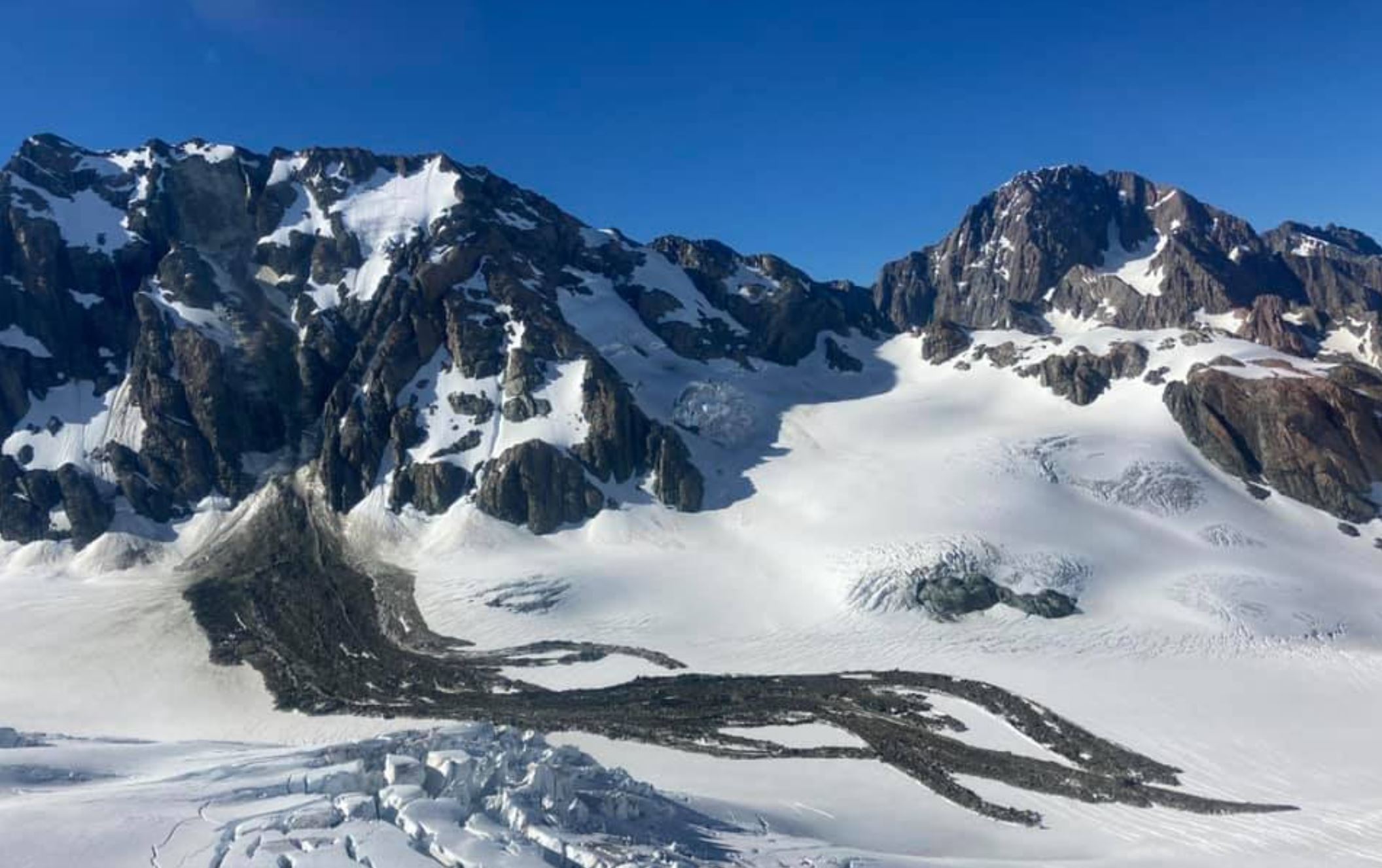21 January 2021
Mount Darwin: another rock avalanche in New Zealand, with a groovy runout pattern
Posted by Dave Petley
Mount Darwin: another rock avalanche in New Zealand, with a groovy runout pattern
In the aftermath of the interesting rock avalanche on Mount Silberhorn in New Zealand, Simon Cox from GNS Science has alerted me to another recent rock avalanche, this time on Mount Darwin. This rock avalanche was also noted in a tweet by Ryan Dick (@ryandick207) of the University of Newcastle (the second tweet in the sequence below, though the Sentinel-2 images posted by Simon Gascoin – @hsgascoin – of the Mount Silberhorn landslide is also rather cool):-
Spotted this big one too, at the top of Tasman Gl. Sometime between 11-15 Jan based on Sentinel/Planet imagery pic.twitter.com/qECIpELWjo
— Ryan Dick (@ryandick207) January 19, 2021
The new, much smaller, rock avalanche on Mount Darwin was first spotted by helicopter pilot Dave Butson, who has posted a set of images onto his Facebook page. This one is particularly impressive:-

The Mount Darwin rock avalanche. Image posted to Facebook by Dave Butson.
.
The landslide was first spotted on 16 January 2021 at 08:30 local time, so it occurred at some point shortly before then. The location is 43.528° 170.336 at the head of the Tasman Glacier.
The source of the landslide is high on the slope, just below the ridge. The displaced mass has travelled down a very steep slope before a free fall on a talus slope covered in snow and ice. The runout is particularly interesting, with little evidence of spread. The bifurcation of the slide into a series of long runout fingers is quite unusual. These flows have split and then, in places, coincided. At the very right of the upper part of the flows here is a section with a different texture from the rest, probably involving more snow and ice. I am not sure whether this occurred at a different time to the main event, perhaps soon after.
Simon Cox has pointed out that this is not the first large landslide on Mount Darwin. In the GNS Science photo archive there is an image of a landslide taken in 1983, although this one did not have a long runout.
The recent rock avalanche on Mount Darwin is not a large landslide, but it is a very interesting case.


 Dave Petley is the Vice-Chancellor of the University of Hull in the United Kingdom. His blog provides commentary and analysis of landslide events occurring worldwide, including the landslides themselves, latest research, and conferences and meetings.
Dave Petley is the Vice-Chancellor of the University of Hull in the United Kingdom. His blog provides commentary and analysis of landslide events occurring worldwide, including the landslides themselves, latest research, and conferences and meetings.
The bifurcating pattern is quite interesting. I am thinking possibly reflecting multiple slide events over an extended period of time (over several minutes?), rather than one single event. Thanks for posting.